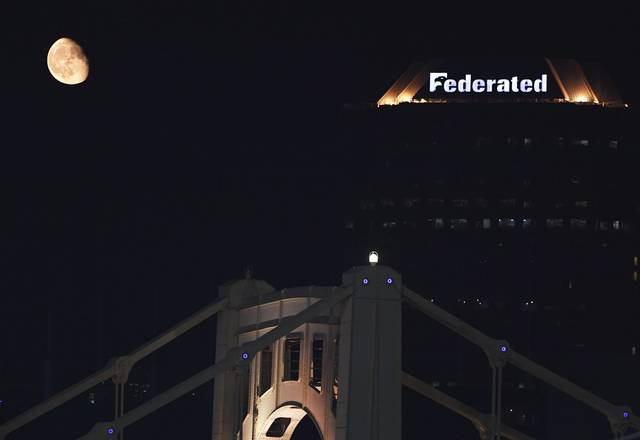https://triblive.com/lifestyles/more-lifestyles/theres-still-time-to-see-the-perseids-and-more-summer-celestial-sights/
There’s still time to see the Perseids — and more summer celestial sights

The bad news is that peak viewing of the annual Perseid meteor shower ended Wednesday. The good news is that you’ll still be able to see it for at least another week.
“It’s past its peak, but the moon is waning, so there’s less light in the night sky, giving people a good chance to see it,” said Michael Hennessey, manager of Buhl Planetarium at the Carnegie Science Center in Pittsburgh.
The best time to view the Perseids is in the hours before dawn, Hennessey said. He recommends finding a spot relatively free of ambient light, giving your eyes time to adjust to the darkness and then scanning the whole sky.
But that’s just the start of what you might see if you turn your eyes toward the heavens. Late August is actually prime stargazing time in southwestern Pennsylvania, says John Smetanka, Saint Vincent College academic dean and vice president of academic affairs, who also teaches astronomy and presents program’s at the college’s planetarium.
“We think of (the Perseids) as summer’s fireworks, but there’s no end of exciting things in the sky,” Hennessey said. And much of it is visible to the naked eye (although a good set of binoculars or a telescope can enhance the experience).
Tom Reiland of the Amateur Astronomers Association of Pittsburgh recommends checking the Sky & Telescope Magazine website for a listing of weekly and monthly events.
Late August is a great time to see the following sights:
Venus and Orion
For several hours before dawn on Saturday, Venus will be visible in the eastern sky, to the lower right of the waning crescent moon. Also in the east, the constellation of Orion will be rising on its side. Betelgeuse and Rigel, the bright stars on either side of Orion’s belt, should both be faintly visible.
New moon
On Aug. 20, the new moon will appear just above the western horizon at dusk. It will rise slightly higher and be easier to spot at dusk on both Aug. 21 and 22.
Jupiter and Saturn
Look to the west after dark on Aug. 28, and Jupiter will be visible close to the moon. The night after, Saturn will be visible with the moon. If you have a telescope, these nights will be a good time to look for Saturn’s rings and Jupiter’s moons and Great Red Spot.
Arcturus and Virgo
The two brightest summer stars are visible all throughout the month. Both can be seen high in the sky just after nightfall, with Arcturus sitting toward the southwest and Vega toward the east.
Milky Way
Late August is “prime time” for viewing the Milky Way, the galaxy that includes our solar system. When it is completely dark, scan the sky from due south to north for stars so numerous that they appear as a hazy band rather than individual points of light.
‘Teapot’
Directly in the center of the Milky Way, look for a grouping of stars that resemble a teapot, Smetanka says. That’s the constellation Sagittarius.
‘Not Ares’
Throughout the month, scan the southern horizon around 10 p.m. for the red giant Antares, a star in the constellation Scorpius. The god of war was called Ares by the Greeks and Mars by the Romans. “Antares means ‘not Mars,’” Hennessey said. “You’ll find Antares in the same part of the sky where you would find Mars. It’s a refreshingly practical name.”
Summer triangle
The stars Altair, Deneb and Vega, the fifth brightest star in the sky, make up this trio, visible throughout the month. “They make a distinct triangle almost due overhead, maybe a little to the east, after sunset,” Smetanka said.
Planetariums
For more guided stargazing, various public programs are available daily through Sunday at the Buhl Planetarium, with reduced seating to accommodate social distancing. The planetarium will close Aug. 24 for renovations, with reopening planned for November.
“Our newest program is ‘Fly Me to the Moon,’ a celebration of Apollo 11 and all the Pittsburghers who had a hand in making it successful,” Hennessey said.
A complete planetarium schedule is available at carnegiesciencecenter.org.
Due to the covid-19 pandemic, the Amateur Astronomers group has canceled its regular summer star party programs. Wagman Observatory in Tarentum and Mingo Park Observatory in Finleyville, Washington County, where other programs are held, are closed for the time being.
The Saint Vincent College planetarium also is closed to the public until further notice.
Copyright ©2026— Trib Total Media, LLC (TribLIVE.com)
